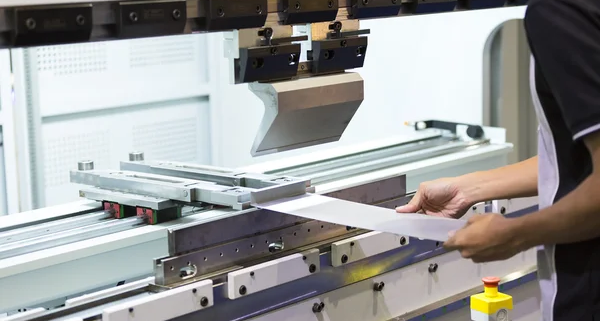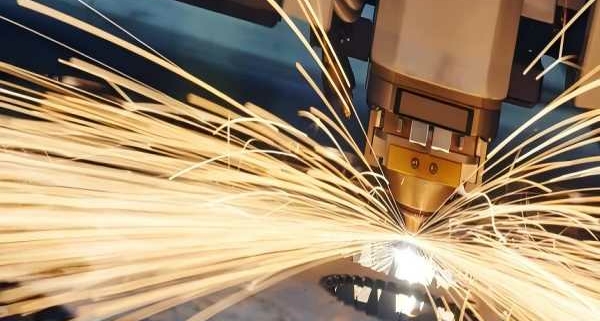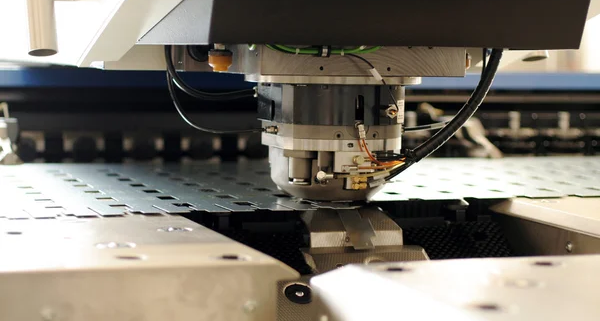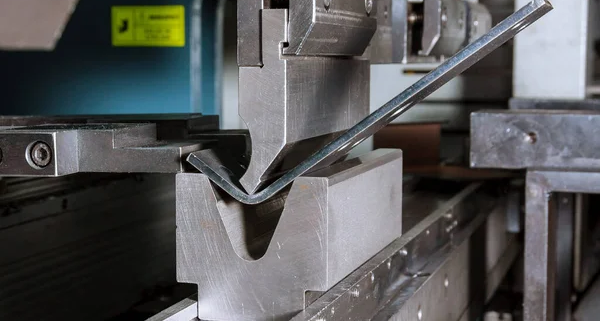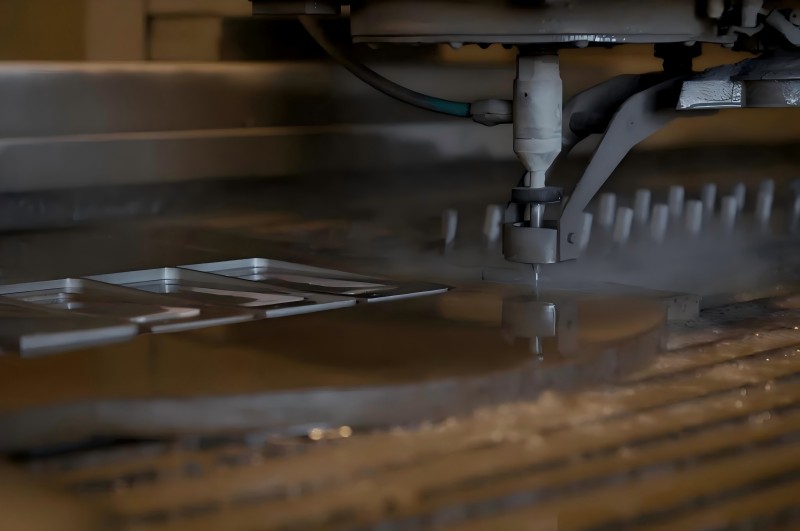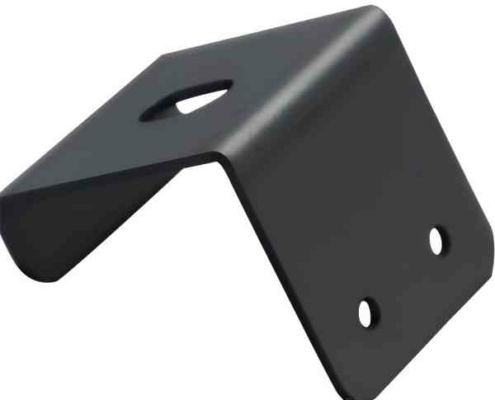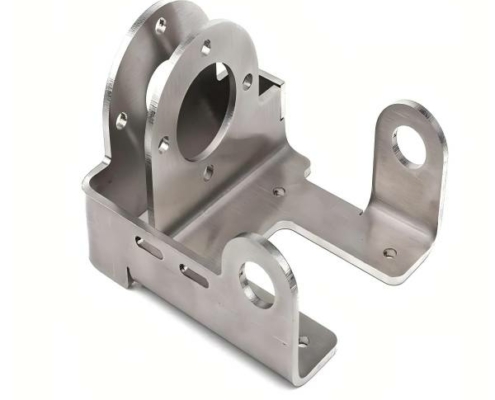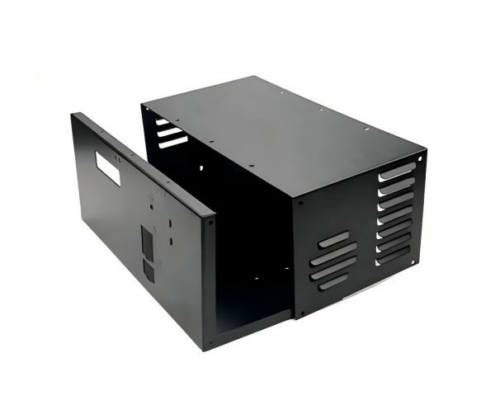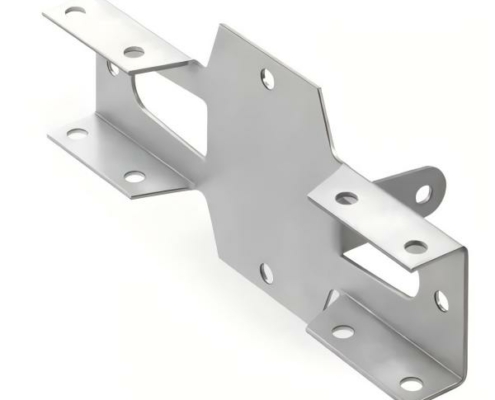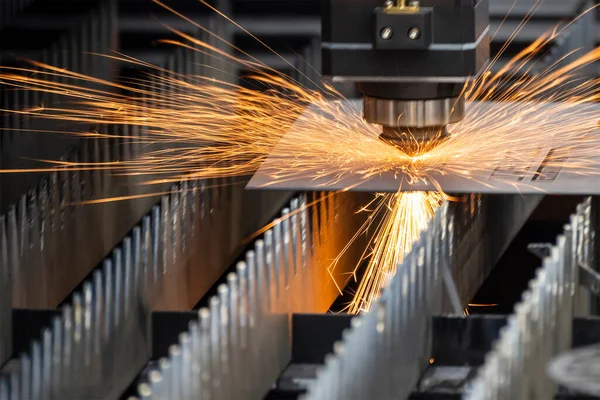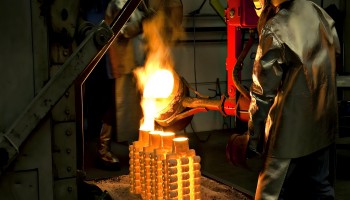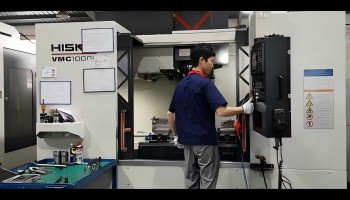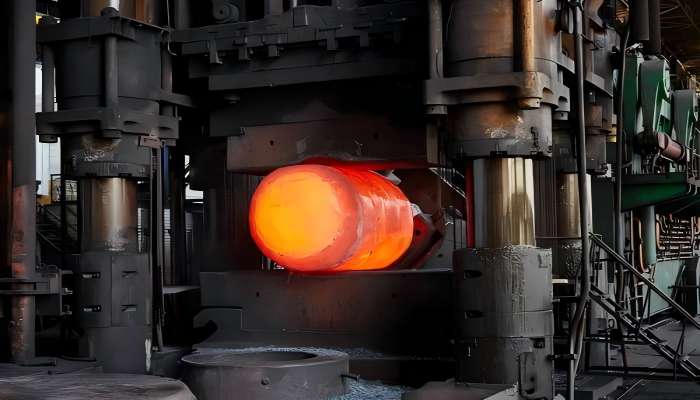Sheet Metal Fabrication Services
Sheet metal fabrication is the process of forming sheet metal into parts by punching, cutting, coining, and bending.
3D CAD files are converted into machine code that controls the machine to accurately cut and form the sheet metal into the final part.
Sheet metal parts are known for their durability, which makes them ideal for end-use applications such as chassis. Parts used for low-volume prototypes and high-volume production are most cost-effective due to the larger initial setup and material costs.
Since the parts are made from a single sheet of metal, the design must maintain a uniform thickness. It is important to follow the design requirements and tolerances to ensure that the part is closer to the design intent and the sheet metal is cut
Sheet Metal Fabrication Process
Laser Cutting
Laser cutting is a manufacturing process where a laser beam penetrates a raw sheet to create flat geometric shapes. Available in a wide range of metals, it is ideal for manufacturing parts such as gaskets, brackets, brackets, and housings.
Laser cutting is often used for:
*Prototyping or testing product requirements
*Efficiency of scale up to 50+ parts
*Parts with standard connectivity features (USB, HDMI, Ethernet ports)
Punching
Sheet metal punching is a metal cutting/processing process in which a punch press uses tools called punches and dies to apply force to the material to create contours, holes, and other formed shapes.
Punching is often used for:
*Functional prototypes
*Product testing and qualification
*End-use production parts
*Bridge production or test runs
Bending
Sheet metal bending refers to the plastic deformation of a metal part along an axis, resulting in a geometric change. The change is only in shape, while the volume of the metal part remains unchanged.
Bending is often used for:
*Brackets
*Busbars
*Cover
*Panels
*Mounts
*Enclosures or housings
